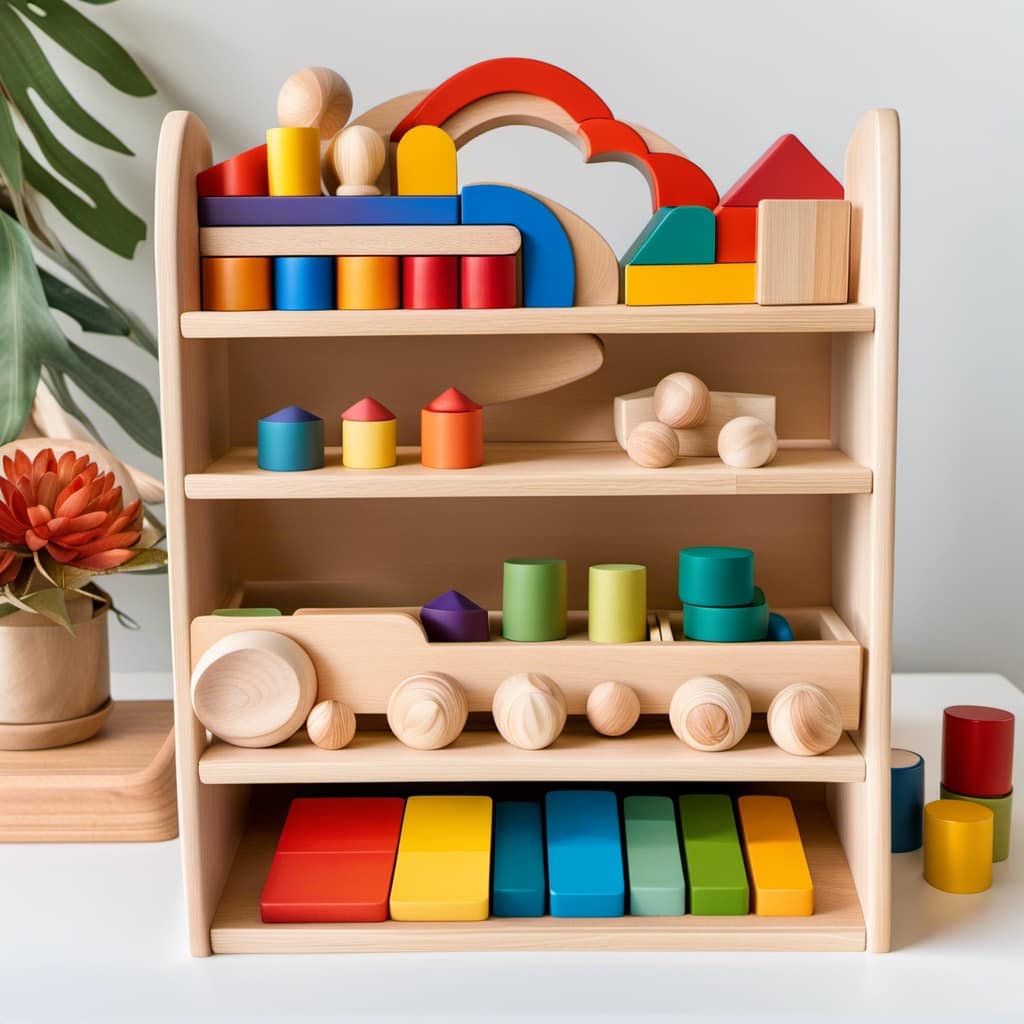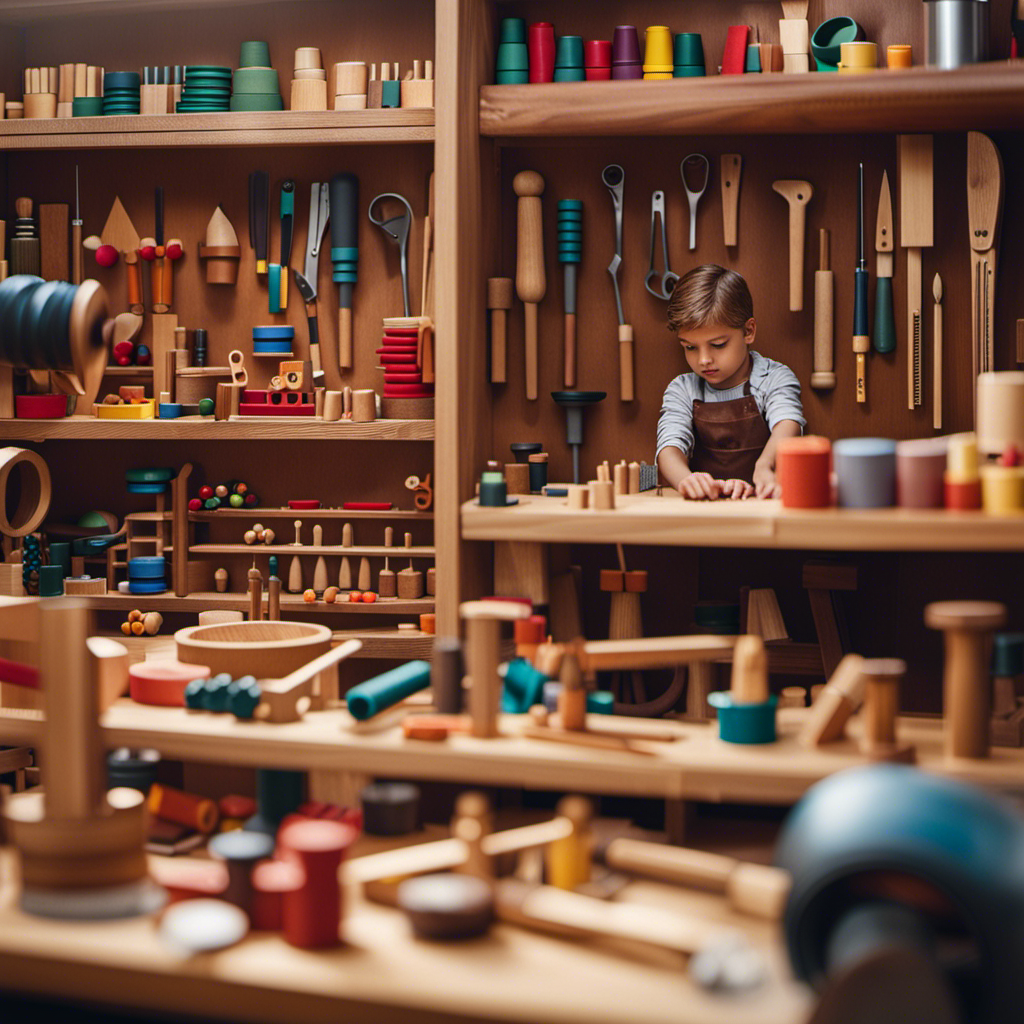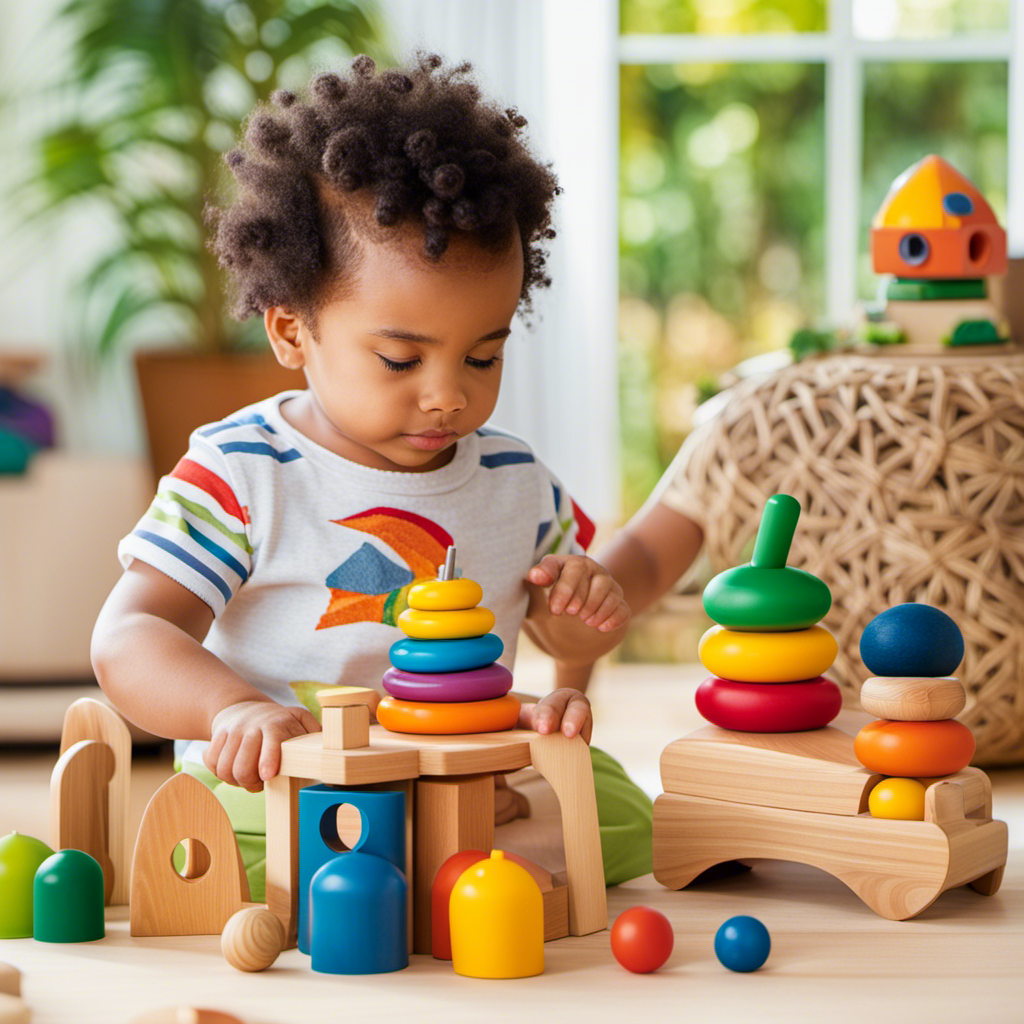Are you prepared to explore the effectiveness of Montessori toys in enhancing motor abilities?
Like a gentle breeze guiding a kite through the sky, these toys provide a hands-on approach to learning and development.
From wooden puzzle toys to building blocks and sensory play toys, we’ll explore the wide range of options available.
So, come join us on this journey as we delve into the world of Montessori and uncover the secrets to nurturing motor skill development.
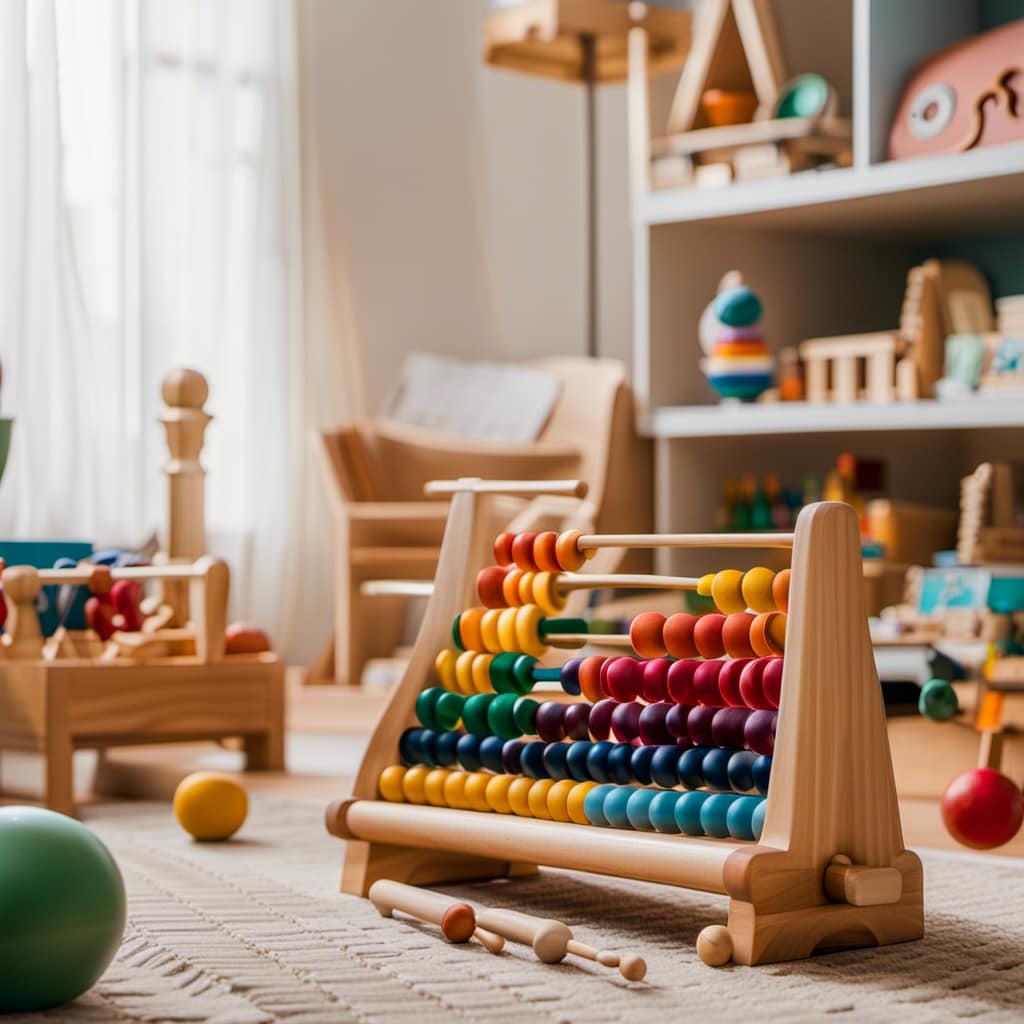
Let’s embark on this adventure together!
Key Takeaways
- Wooden puzzle toys, building blocks, sorting and stacking toys enhance motor skill development and improve fine motor coordination.
- Fine motor manipulatives such as finger painting, lacing beads, building with blocks, and playing with playdough promote hand-eye coordination and develop fine motor skills.
- Sensory play toys engage children in exploring different textures, develop fine motor skills through tactile play, and enhance sensory experiences.
- Water play toys and sand play toys improve fine motor skills, hand-eye coordination, cognitive development, and promote sensory exploration, creativity, problem-solving skills, and imagination.
Wooden Puzzle Toys
Wooden puzzle toys enhance our motor skill development by encouraging hands-on problem-solving and fine motor coordination. These toys not only provide hours of fun, but also help children develop important cognitive skills.
Through shape recognition, children learn to identify and match different puzzle pieces, enhancing their ability to recognize and differentiate shapes in the world around them. Additionally, solving puzzles requires problem-solving skills, as children must figure out how to fit the pieces together to create a complete picture. This helps them develop critical thinking and logical reasoning abilities.
As we transition into the subsequent section about building blocks, it’s important to note that wooden puzzle toys lay the foundation for further motor skill development, setting the stage for more complex construction and creativity with building blocks.
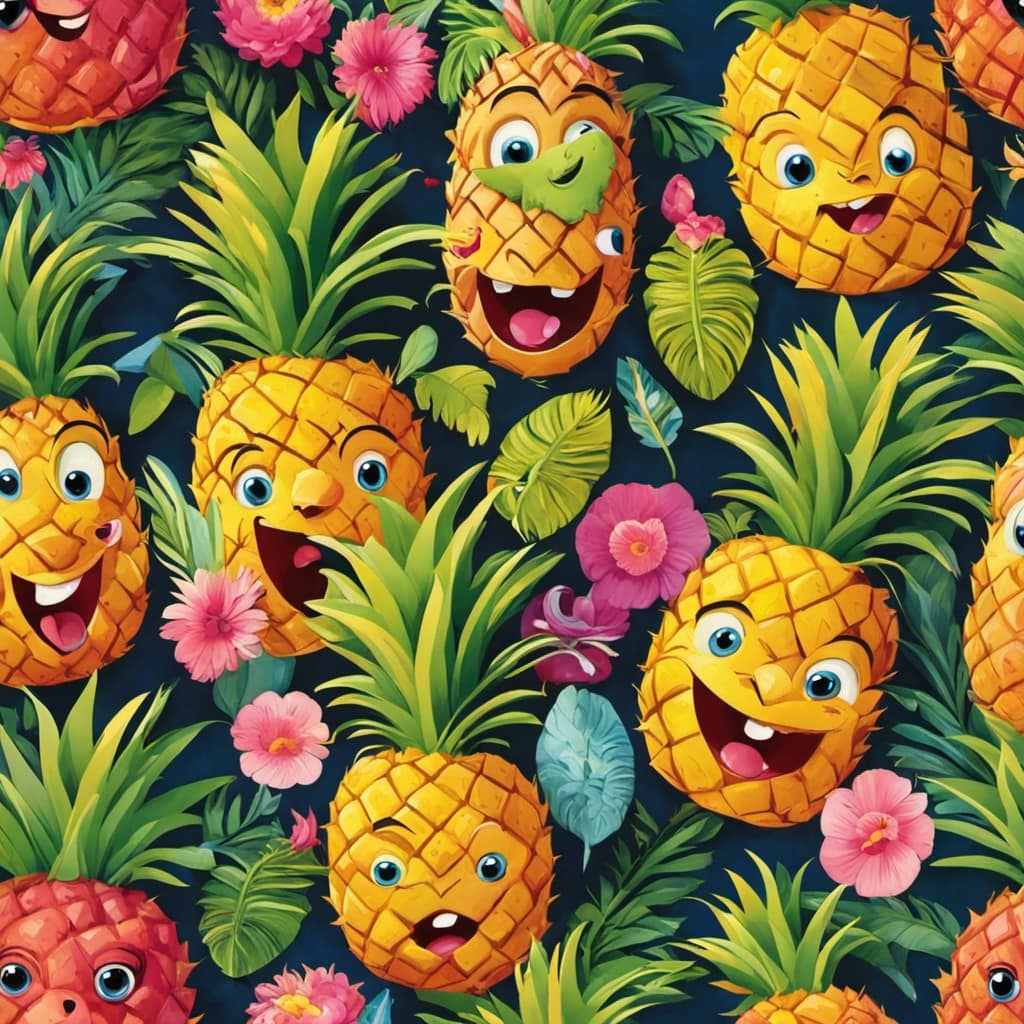
Building Blocks
We love playing with building blocks because they provide hands-on opportunities for developing our motor skills and fostering creativity.
Here are four reasons why building blocks are beneficial for fine motor skills:
-
Manipulation: Picking up, stacking, and arranging blocks helps strengthen our hand muscles and improves our hand-eye coordination.
-
Precision: As we build structures with building blocks, we learn to control our movements and develop better control over our fingers.
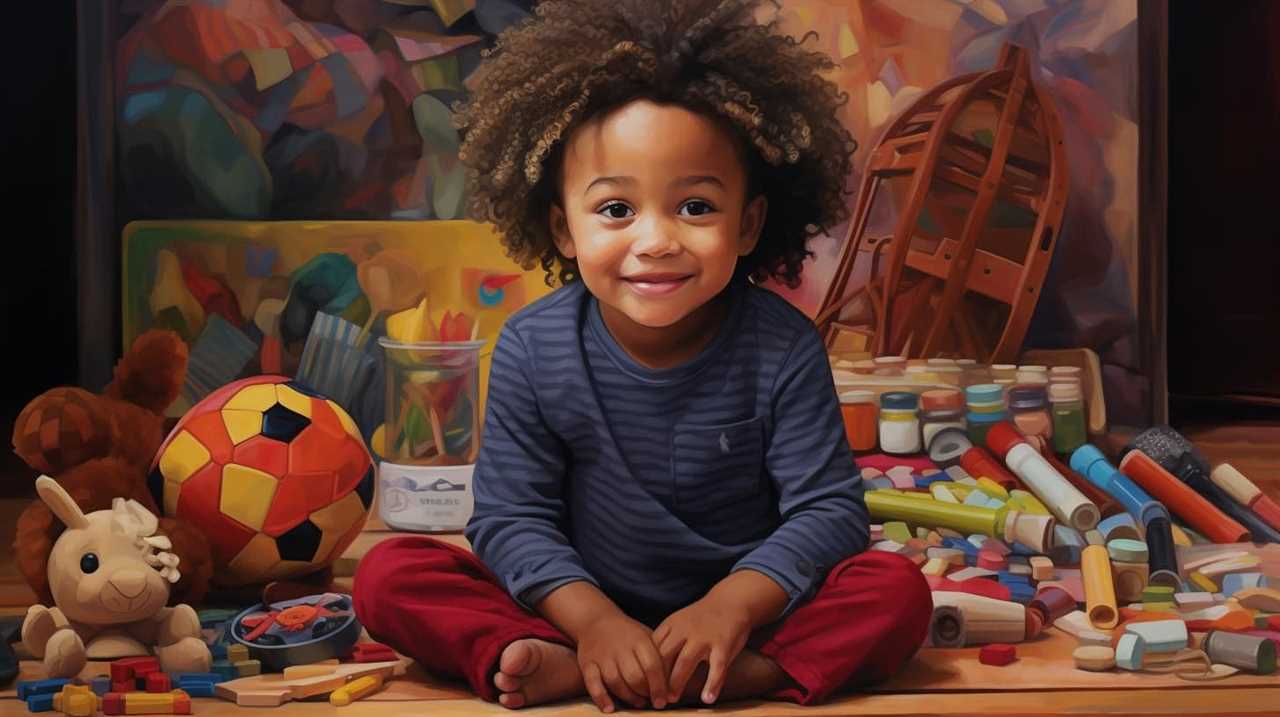
-
Problem-solving: Building blocks encourage us to think critically and solve problems as we figure out how to balance and construct stable structures.
-
Spatial awareness: Manipulating building blocks helps us understand spatial relationships, such as size, shape, and position.
Playing with building blocks not only enhances our fine motor skills but also promotes creativity and imagination.
Now, let’s explore the benefits of sorting and stacking toys.
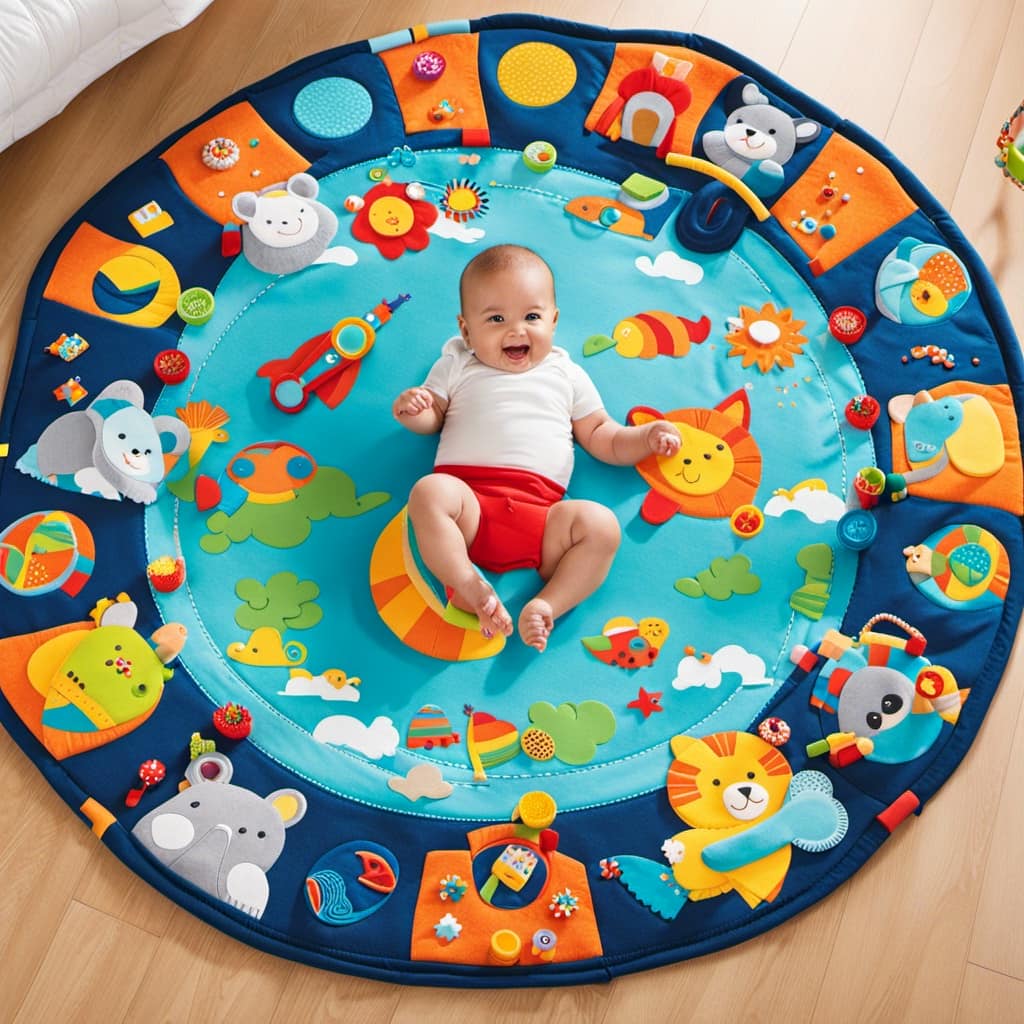
Sorting and Stacking Toys
Now let’s explore the benefits of incorporating sorting and stacking toys into our playtime. Sorting and stacking toys are not only fun for children, but they also have a multitude of developmental benefits. These toys help children develop important sorting skills, as they learn to categorize objects based on size, shape, color, or other attributes. This improves their cognitive abilities and enhances their problem-solving skills. Additionally, sorting and stacking toys promote hand-eye coordination, as children maneuver objects and place them in the right position. This improves their fine motor skills and helps them develop greater control over their movements. To illustrate the benefits of sorting and stacking toys, here is a table showcasing some popular options:
| Toy Name | Description |
|---|---|
| Shape Sorter | Helps children learn shapes |
| Stacking Cups | Enhances motor skills |
| Nesting Blocks | Develops spatial awareness |
| Color Sorting | Teaches color recognition |
| Stacking Rings | Improves hand-eye coordination |
Incorporating sorting and stacking toys into playtime can have a significant impact on a child’s development. These toys provide engaging and interactive experiences that foster important skills like sorting and hand-eye coordination.
Fine Motor Manipulatives
Fine motor manipulatives provide a hands-on and interactive way for children to develop their motor skills. Here are four examples of fine motor manipulatives that can greatly enhance a child’s motor skill development:
-
Finger Painting: This activity not only allows children to explore their creativity but also helps them refine their finger and hand movements. The act of dipping their fingers in paint and creating shapes and patterns on paper helps strengthen their hand muscles and improve their fine motor skills.
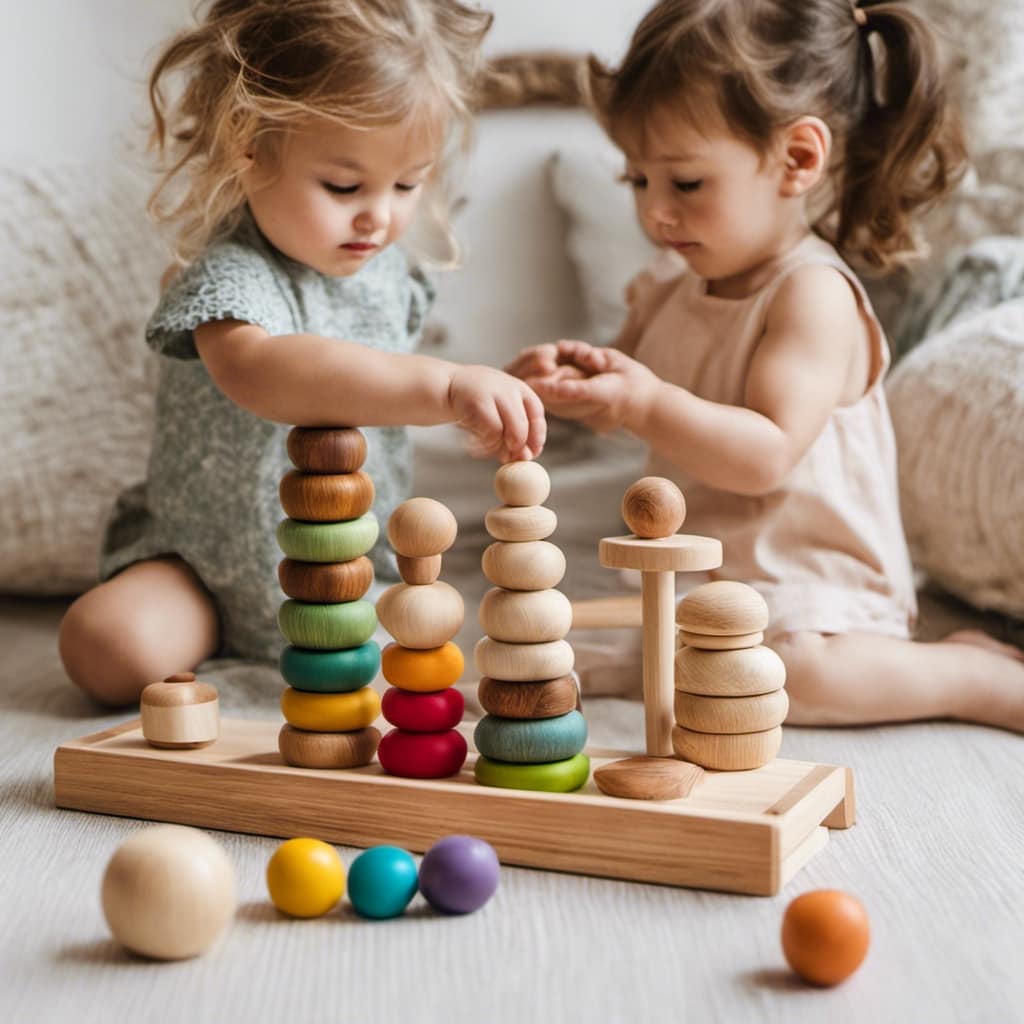
-
Lacing Beads: Stringing beads onto a lace or string requires precise hand-eye coordination and finger dexterity. This activity encourages children to use their pincer grasp, promoting the development of their fine motor skills and hand muscles.
-
Building with Blocks: Manipulating blocks to build towers or structures helps children develop their hand-eye coordination and spatial awareness. This activity also encourages the use of a pincer grasp and strengthens hand muscles.
-
Playdough: Squeezing, rolling, and shaping playdough helps children develop their hand muscles and improve their fine motor skills. It also allows them to explore their creativity and express themselves through tactile play.
These fine motor manipulatives provide engaging and enjoyable activities that can help children develop their motor skills while having fun.
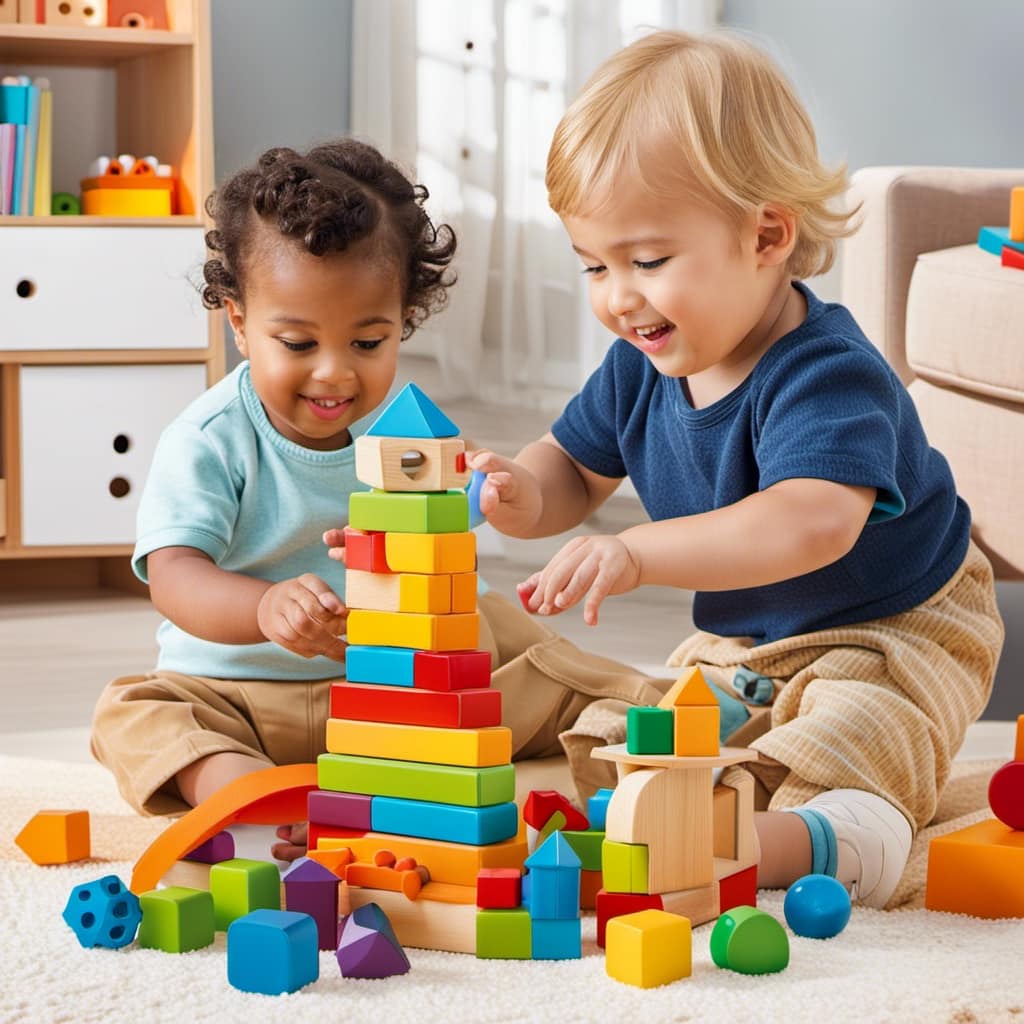
Sensory Play Toys
Continuing our exploration of motor skill development, let’s now delve into the realm of sensory play toys.
Sensory play is an essential part of a child’s development, as it allows them to engage their senses and learn about the world around them.
Water play toys, such as water tables or bath toys, provide children with opportunities to explore different textures, temperatures, and water movements. This helps improve their fine motor skills, hand-eye coordination, and cognitive development.
Sand play toys, like sandboxes or sand molds, offer similar benefits. They allow children to dig, pour, and mold the sand, enhancing their tactile senses, creativity, and problem-solving skills.
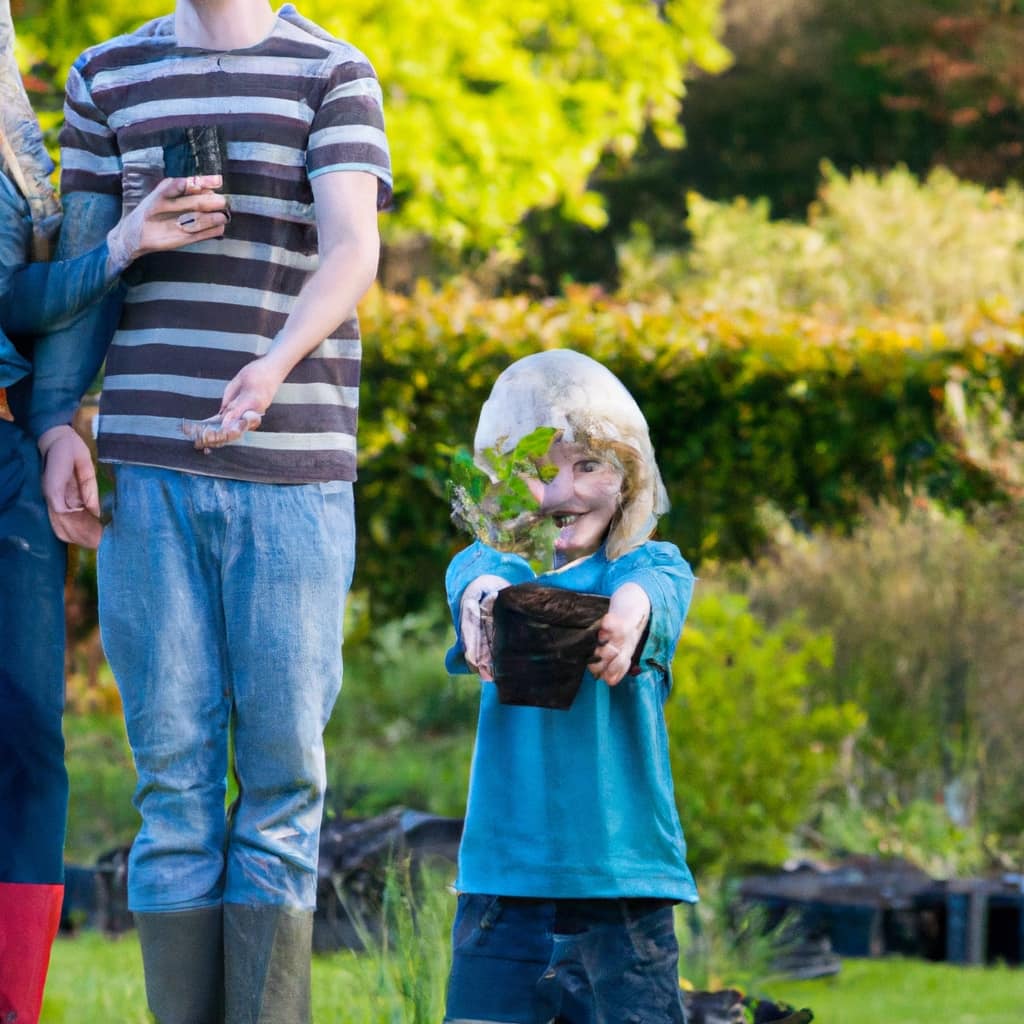
Sensory play toys provide endless opportunities for learning and growth, making them valuable additions to any Montessori-inspired environment.
Frequently Asked Questions
Are There Any Safety Concerns With Wooden Puzzle Toys?
Safety concerns with wooden puzzle toys may include small parts that could pose a choking hazard. However, these toys offer many benefits, such as promoting fine motor skills, problem-solving abilities, and hand-eye coordination.
How Do Building Blocks Help With Motor Skill Development?
Building blocks are fantastic for developing fine motor skills. They promote hand-eye coordination, problem-solving, and creativity. Plus, they’re just loads of fun! Who knew that playing with blocks could be so beneficial?
What Age Range Is Suitable for Sorting and Stacking Toys?
Sorting and stacking toys have different age ranges. We benefit from sorting toys by developing cognitive skills, while stacking toys boost our motor skills. It’s essential to choose toys that are suitable for our developmental stage.
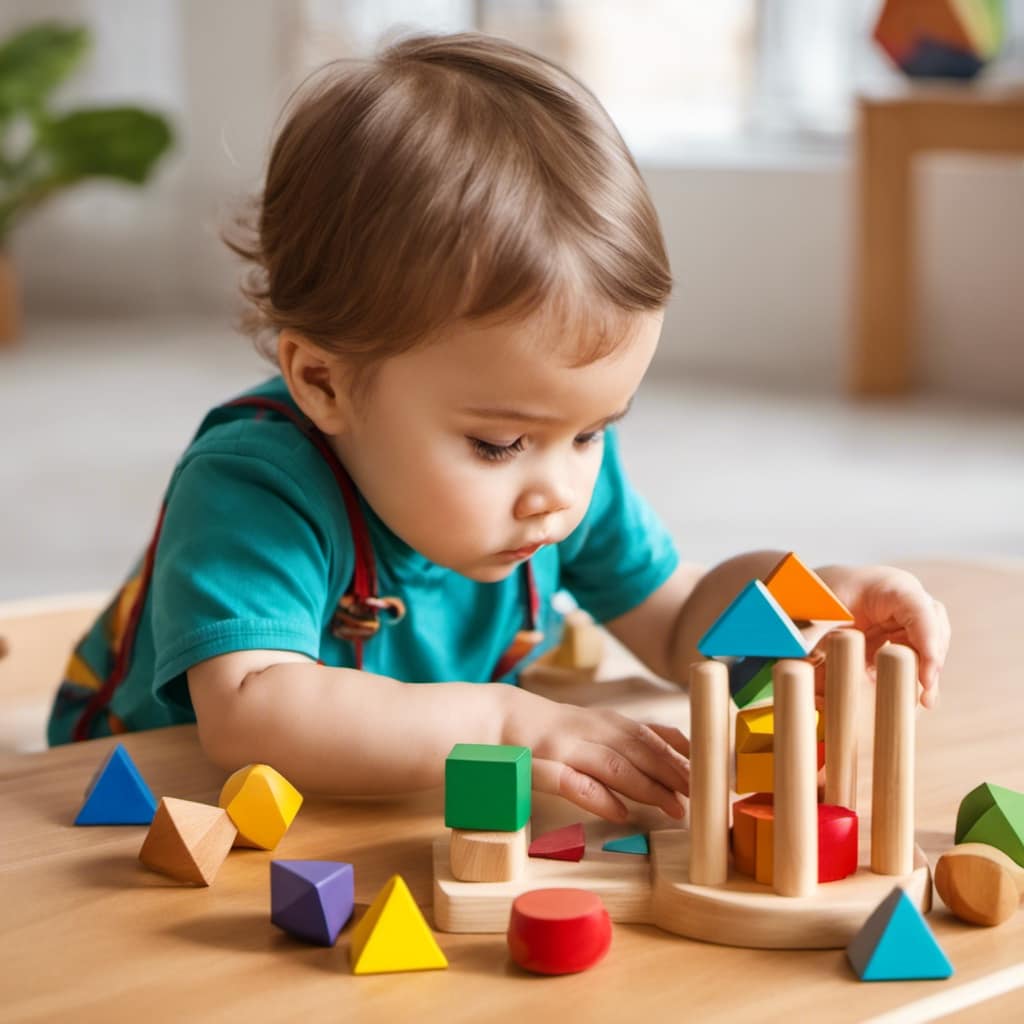
What Are Some Examples of Fine Motor Manipulatives?
Fine motor manipulatives are important for developing motor skills. Some examples include puzzles, threading toys, and building blocks. Using Montessori toys not only boosts motor skill development but also promotes independence and problem-solving abilities.
How Do Sensory Play Toys Contribute to Motor Skill Development?
Sensory play toys are essential for cognitive development. They provide opportunities to enhance fine motor skills, which play a crucial role in early childhood development and learning.
Conclusion
In conclusion, Montessori toys aren’t just ordinary toys, they’re magical tools that can transform little learners into motor skill superheroes!
With their wooden puzzle toys, building blocks, sorting and stacking toys, fine motor manipulatives, and sensory play toys, children can conquer any motor skill challenge that comes their way.
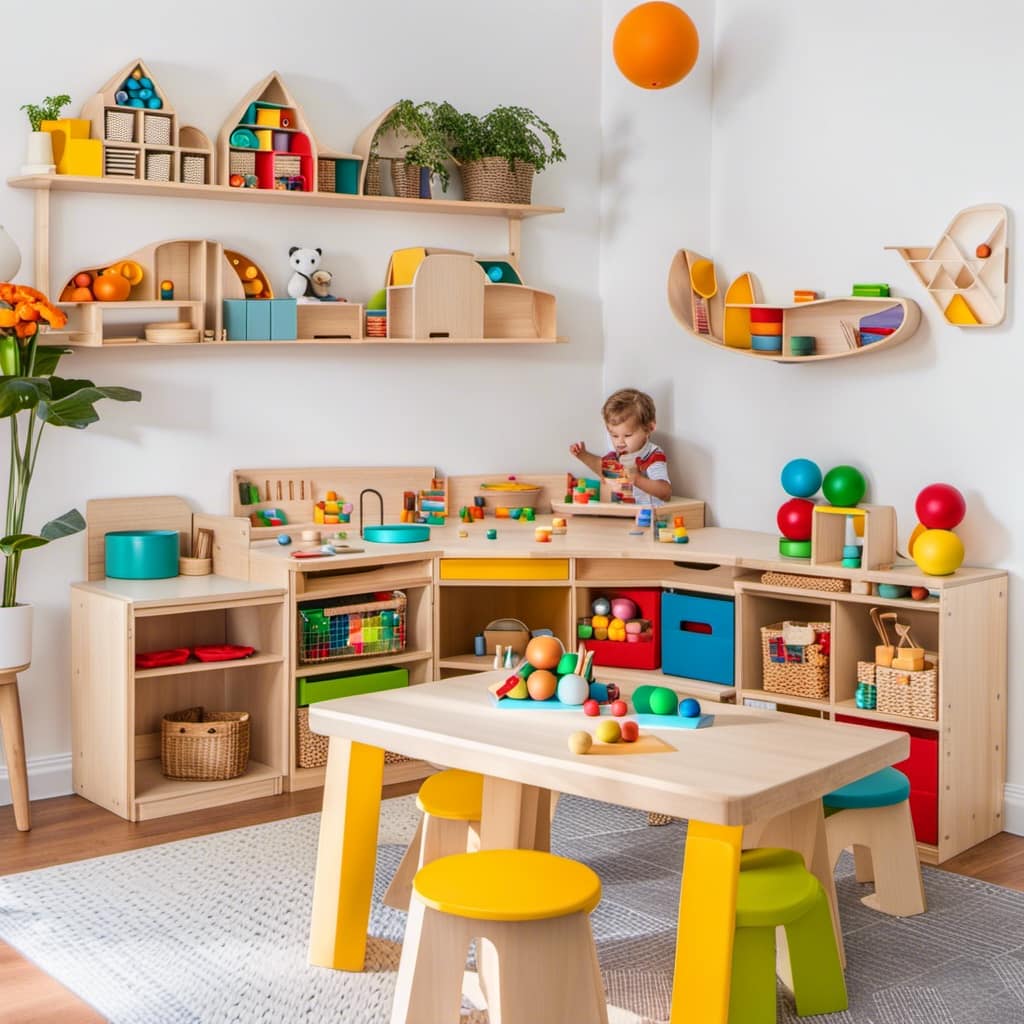
These toys provide endless opportunities for exploration, creativity, and development.
So, let your child’s imagination soar as they embark on their motor skill development journey with these incredible Montessori toys!
Mila, a gifted writer with a heart brimming with enthusiasm for child development and playful learning, is the creative force behind the enchanting narratives and insightful articles that grace Toddler Ride On Toys. With a background in early childhood education and a genuine passion for nurturing young minds, Mila weaves words that captivate, educate, and inspire parents, caregivers, and educators.
